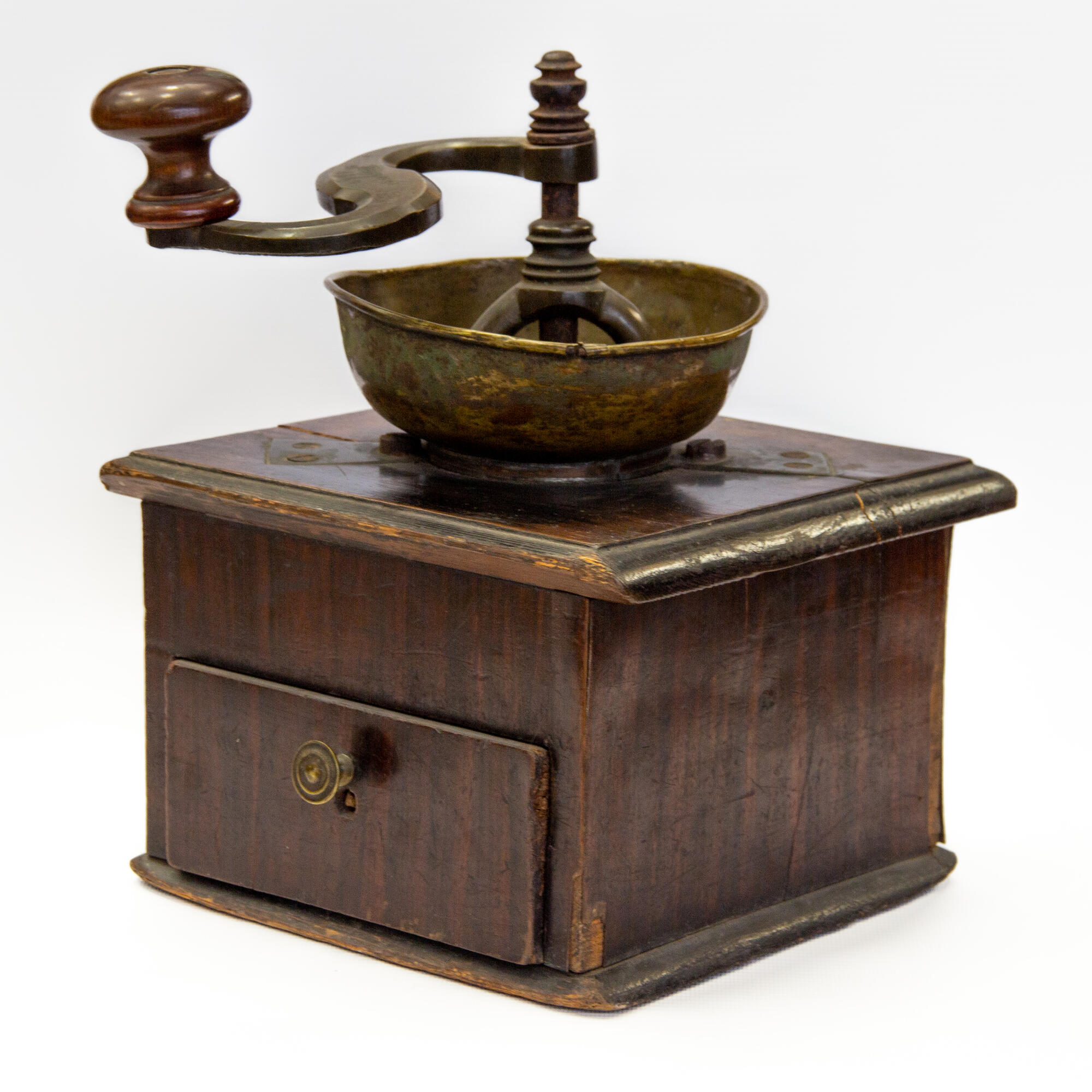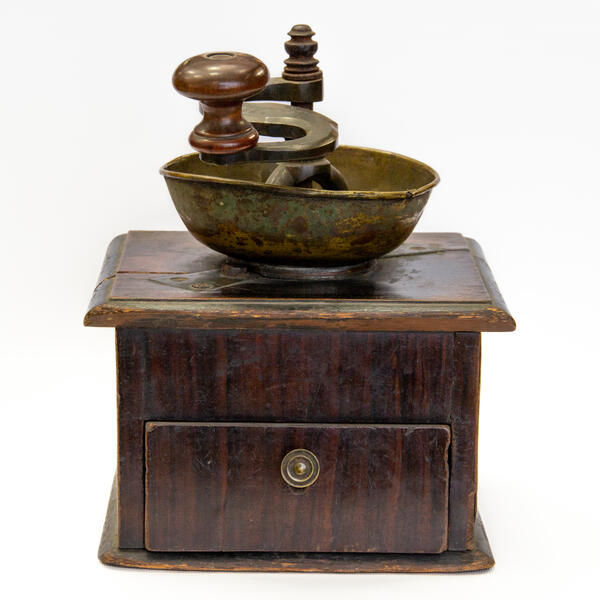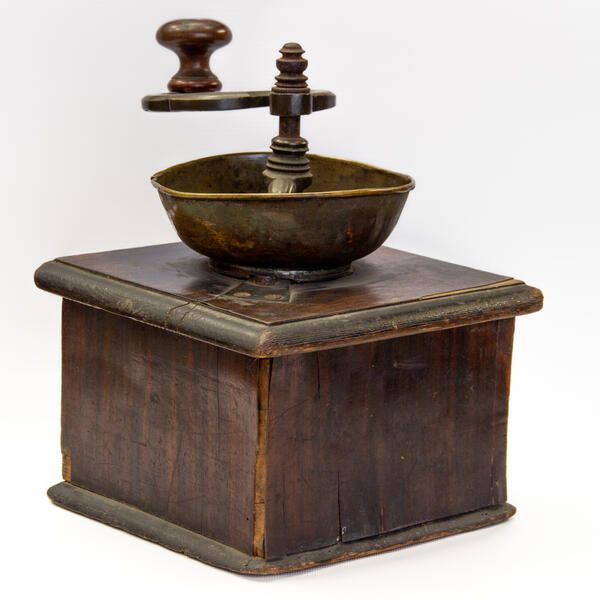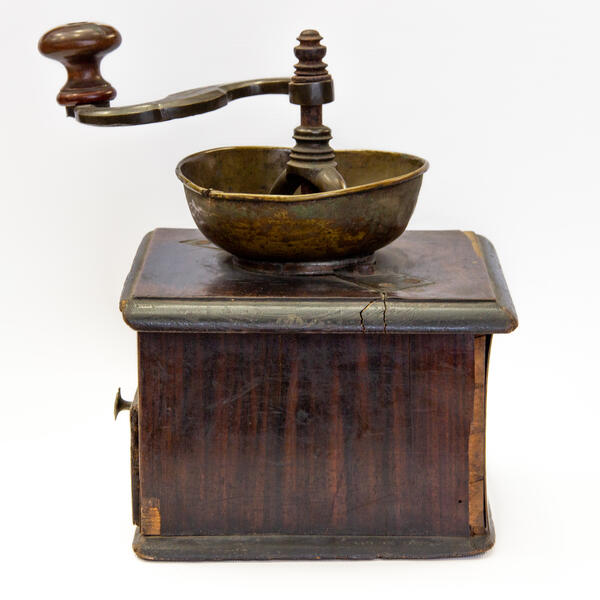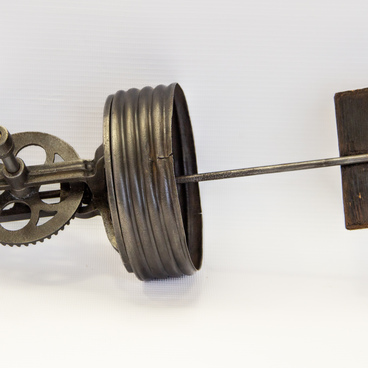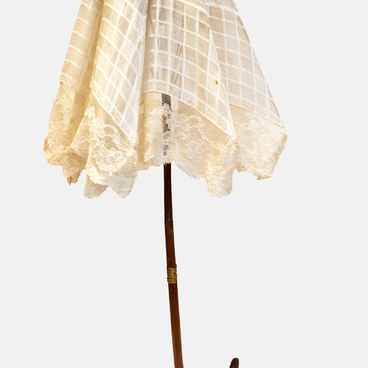At the top of the manual coffee grinder is a metal device for grinding grains — an open-type funnel with two millstones at the bottom: the lower one stays in place and the second one is moveable. Both millstones have grooves that prevent non-ground grains from slipping. The millstones are set into motion by cranking the handle. The handle has a decorative bend and the inscription “Petrov 1862” engraved on its upper surface.
Ethiopia is regarded as the birthplace of coffee. Bedouin Arabs were the first to come up with an idea to grind coffee beans with a pestle and mortar. This was considered an exclusively male occupation, for which special training was required.
The first coffee grinder was invented in the 15th century also by Bedouin Arabs. Inside a hollow, usually wooden, cylinder there were two millstones, which crushed coffee beans. The millstones were set in motion by rotating the handle at the top of the cylinder. The manual coffee grinder made it possible to produce very fine — oriental-style grounds. This design of the “Turkish” manual coffee grinder spread all across Europe and became the basis for the creation of smaller size European manual coffee grinders that could be put on a table.
In Europe, coffee appeared in the first half of the 16th century, and immediately became competition for new and fashionable drinks like tea and hot chocolate. European manual coffee grinders appeared first in France and England. They were cube-shaped with a small sliding drawer which acted as a container for coffee grounds after milling.
Coffee grinders of the same design became widespread in Russia. A variant of the design was to set the millstones in motion not just with a handle, but with the whole wheel. The funnel for loading coffee was either open or closed. The closed version offered better protection from oxidation and better preserved the flavor of the beans. Two millstones for grinding coffee beans were placed inside the box. One could adjust the distance between the millstones by adjusting a screw: for finer grounds, the stones were moved closer to each other, and for coarser — farther. There were two kinds of millstones: metal (for example, cast iron) and ceramic. The former was stronger, while the latter was more careful about preserving the taste of the coffee. This was due to ceramic stones not getting as hot as their metal counterparts during the grinding process and because ceramics do not enter into chemical reactions with the coffee beans. The design of European-type coffee grinders was very aesthetic, however, it was dragged down by the instability of the cubic base.
